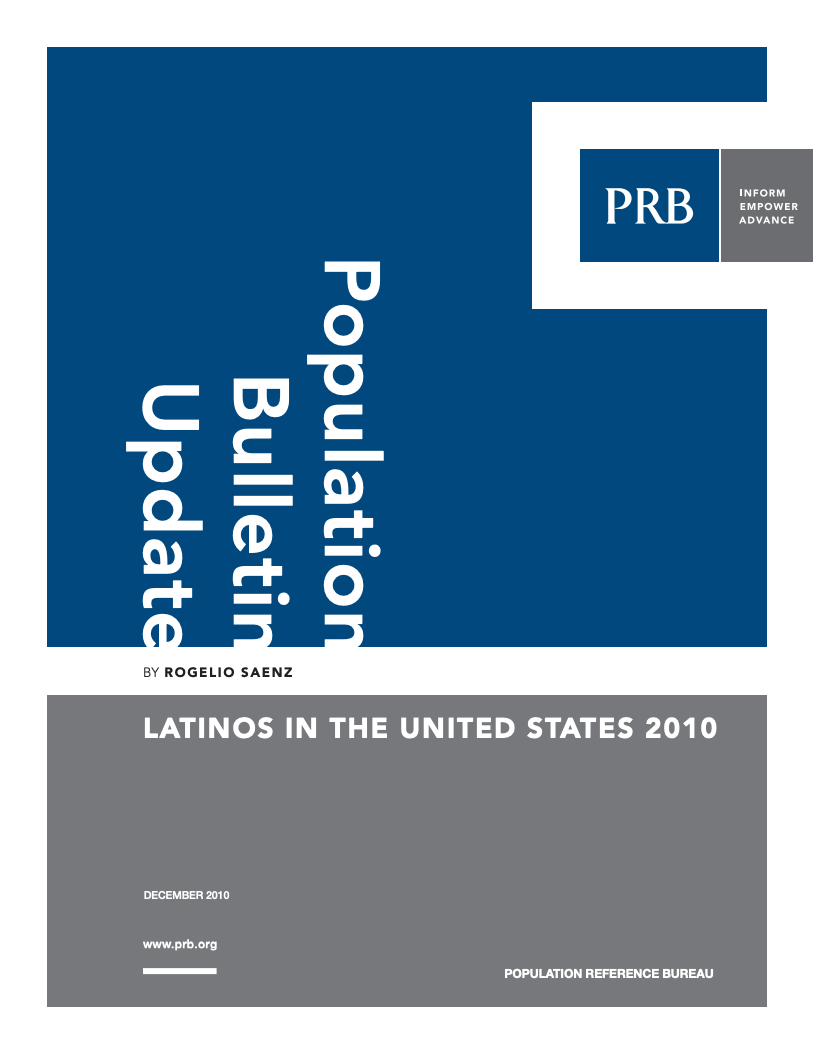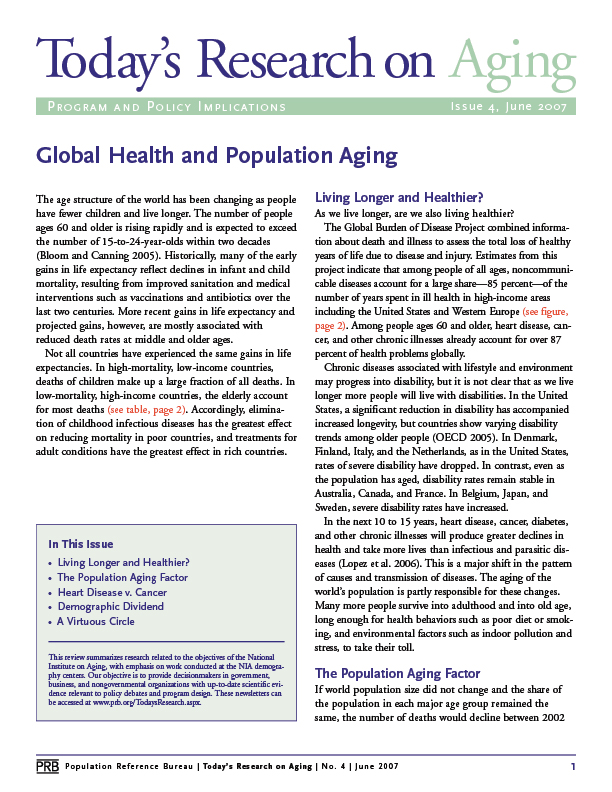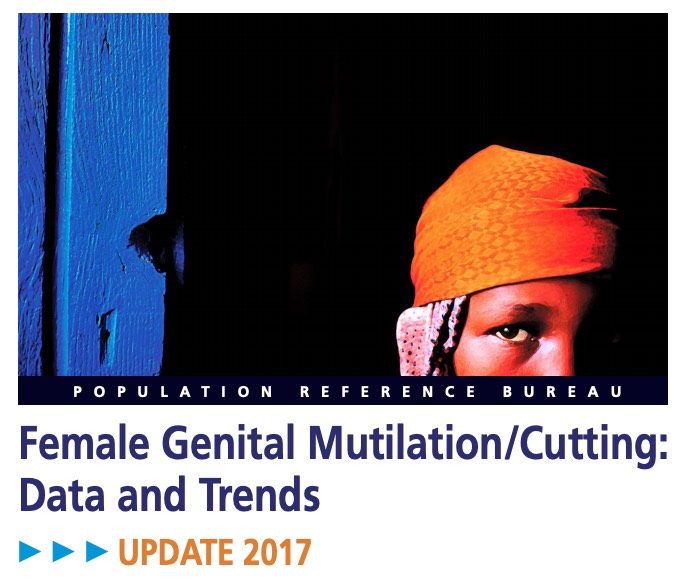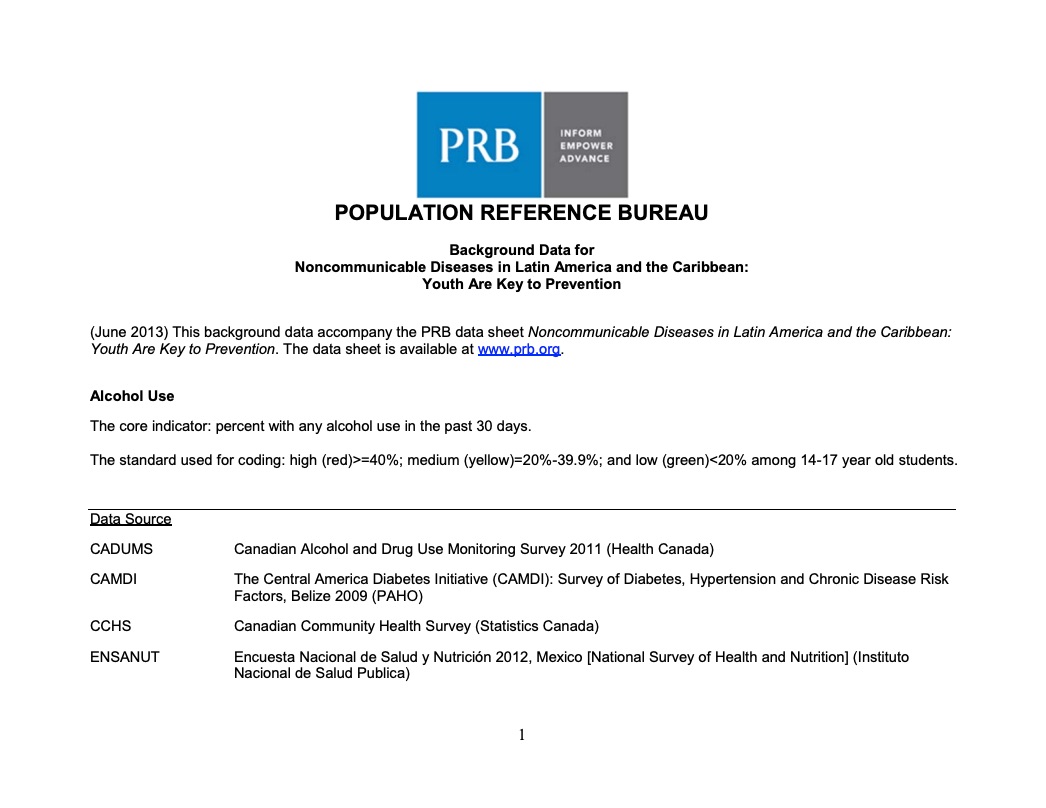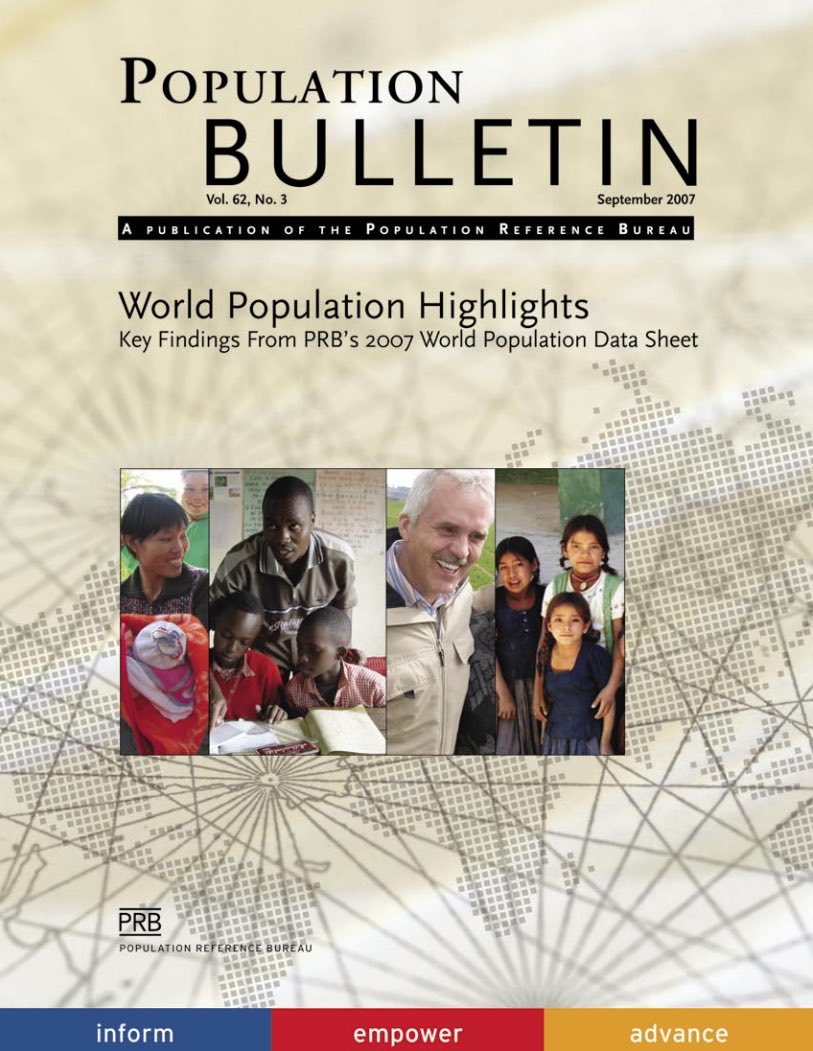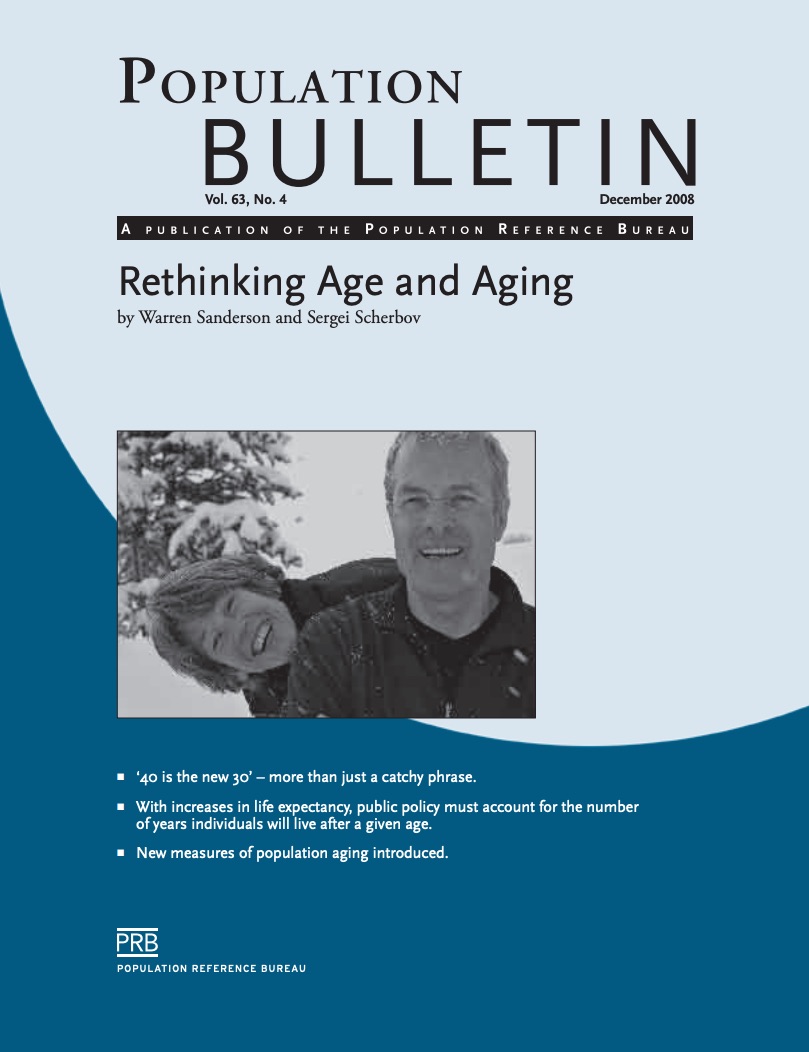In Rural Mali, Small Businesses Are Key to Women’s Empowerment and Economic Development
In early 2011, Pietronella van den Oever, PRB visiting scholar,visited the Malian staff and villagers she worked with in a UN Food and Agriculture Organization (FAO) rural training project in the mid-1970s. As part of PRB's 2011-2012 Policy Seminar series, she discussed her recent research on the project's results, which continue to be economically and socially important 40 years later.

